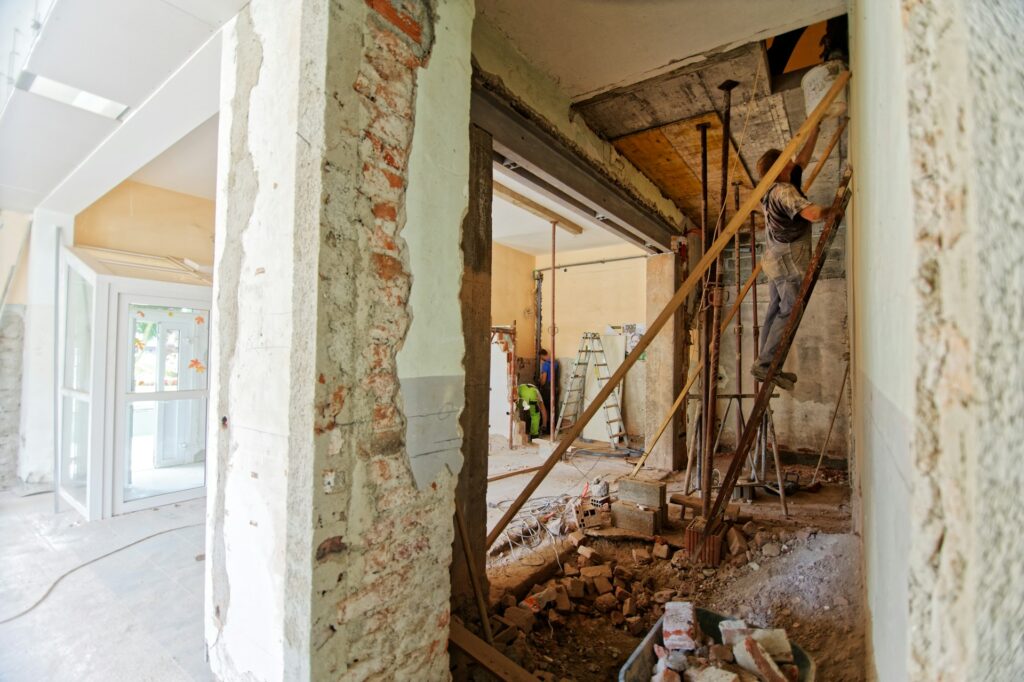Subdivision approvals can be a complex process, but breaking it down into clear steps makes it more manageable. Understanding what’s required and preparing properly can save you time, money, and stress.
Whether you’re looking to build a development or simply want to subdivide your property, knowing where to start and what to expect is crucial. Each step must be followed carefully to meet all legal and local requirements. This ensures your subdivision project can move forward smoothly without unnecessary delays.
Gaining approval involves understanding local zoning laws, preparing the necessary documents, navigating the application process, and meeting post-approval requirements. Reading up on these steps can give you a clearer picture of what’s involved. Plus, it helps in planning and organising everything efficiently. By following these steps, you’ll be well on your way to achieving your subdivision goals in Perth.
Understanding Zoning and Local Regulations
The first step in gaining subdivision approval is understanding the zoning and local regulations for your area. Each council in Perth has specific rules and requirements that must be met. Zoning determines how land can be used and what can be built on it. Knowing the zoning rules for your property helps you plan correctly and avoid issues later.
Start by contacting the local council to learn about the zoning for your property. They can provide a zoning map and explain the regulations in detail. This includes information on minimum lot sizes, building heights, setback distances, and other important standards. It’s also essential to understand any environmental or heritage restrictions that might apply. Some areas have special requirements to protect natural features or historical sites.
It may also be useful to consult the Residential Design Codes (R-Codes) of Western Australia. These codes set out guidelines for residential development and can help you understand the requirements and limitations for subdividing in Perth. Familiarising yourself with these regulations can help ensure your subdivision plans meet all necessary criteria.
Preparing Essential Documentation
Once you understand the zoning and local regulations, the next step is to prepare the necessary documentation for your subdivision application. Proper documentation is crucial for a smooth approval process. Incomplete or incorrect documents can cause delays or even rejection of your application.
Key documents you will need include:
- Site Plan: A detailed site plan showing the existing property layout and the proposed subdivision. This should include dimensions, buildings, driveways, and any other features.
- Surveyor’s Report: A report prepared by a licensed surveyor outlining the boundaries and measurements of the land. This is essential for defining the new lot boundaries accurately.
- City Planning Reports: Documents that demonstrate how your subdivision complies with local planning policies and zoning regulations. This can include reports on traffic impact, environmental assessments, and any other relevant studies.
- Utility and Services Plan: Details on how utilities like water, sewerage, electricity, and gas will be provided to the new lots. This should show existing connections and any new infrastructure required.
- Application Form: Complete the subdivision application form provided by your local council. Make sure all sections are filled out correctly, and attach all required documents.
- Supporting Statements: Any additional documents that support your application, such as letters from neighbours or community support letters.
Thoroughly preparing these documents helps ensure your application is robust and complete, increasing the chances of a successful approval.
Navigating the Application Process
Once you have all your documents ready, it’s time to navigate the application process. Submitting your subdivision application correctly is crucial for approval. The process can be straightforward if you follow each step carefully and ensure everything is in order.
- Submitting the Application: Submit the completed application form along with all required documents to your local council. Some councils allow online submissions, while others may require physical copies. Double-check the submission method and ensure you follow it correctly.
- Paying Fees: Application fees are usually required. Prepare for these costs by checking the fee structure with your council beforehand. Include the payment receipt with your application to avoid any delays.
- Council Review: After submission, the council will review your application. This may involve inspections of the property, consultations with relevant departments, and assessments to ensure all regulations are being met. Be prepared for this review to take several weeks.
- Responding to Requests for More Information: If the council requires additional information or changes to your application, respond promptly. Providing the requested information quickly can help expedite the process.
- Receiving Approval: Once the council is satisfied with your application, you will receive an approval notice. This notice will outline any conditions you must meet before proceeding with the subdivision.
Following these steps can help ensure a smooth and efficient application process, bringing you closer to your subdivision goals.
Meeting Post-Approval Requirements
Gaining approval is an important milestone, but it’s not the end of the process. Meeting post-approval requirements is essential for completing your subdivision. These requirements are usually specified in the approval notice and must be fulfilled before you can finalise the subdivision.
- Satisfying Conditions: The approval may come with conditions that need to be met, such as constructing new access roads, installing services, or making environmental improvements. Make sure you understand what is required and plan accordingly.
- Compliance Inspection: Your local council may require a compliance inspection to confirm that all conditions have been met. Schedule this inspection once you have completed the necessary work. Passing the inspection is crucial for finalising the subdivision.
- Lodging the Subdivision Plan: Once conditions are met, you must lodge the final subdivision plan with the council. A licensed surveyor should prepare this plan, showing the new lot boundaries and any other changes. Make sure the plan is accurate and includes all necessary details.
- Obtaining Titles: After the subdivision plan is lodged and approved, you can apply for new titles for the subdivided lots. This involves working with the Landgate office to create new title deeds for each lot.
By fulfilling these post-approval requirements, you ensure your subdivision is legally recognised and ready for sale or development.
Conclusion
Subdivision approvals in Perth require careful planning and precise execution. Understanding local zoning laws, preparing detailed documentation, navigating the application process, and meeting post-approval requirements are all essential steps. Each phase needs attention and dedication to ensure your project progresses smoothly.
Subdividing can open new opportunities for property development or investment. By following these essential steps, you set a solid foundation for success. If you’re looking to make your subdivision project a reality, Sunset Construction is here to assist you. Our experienced team can guide you through every step, making the process easier and more efficient. Contact Sunset Construction today to start your Perth subdivision journey.







